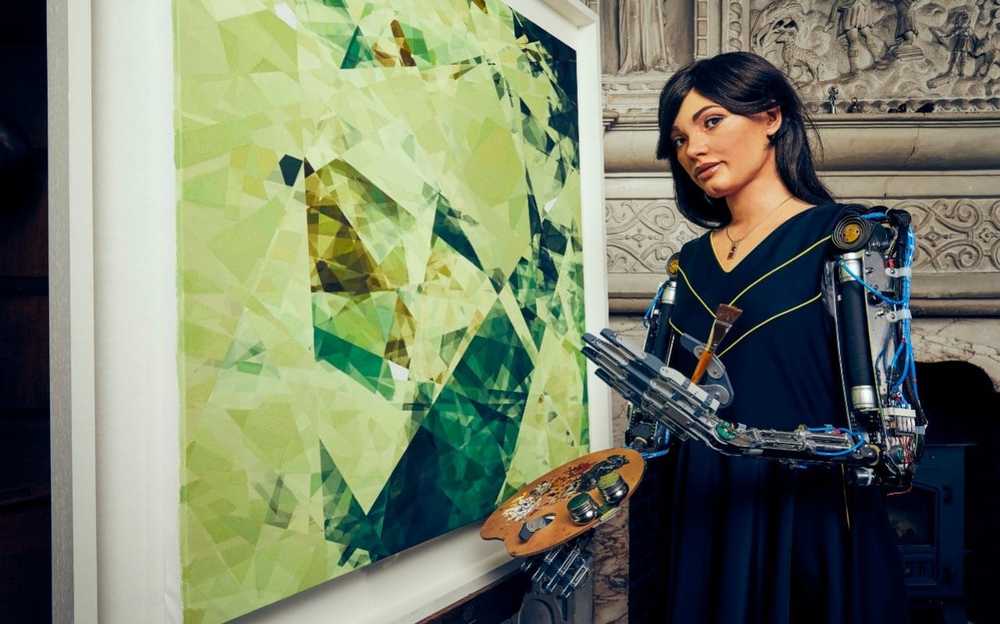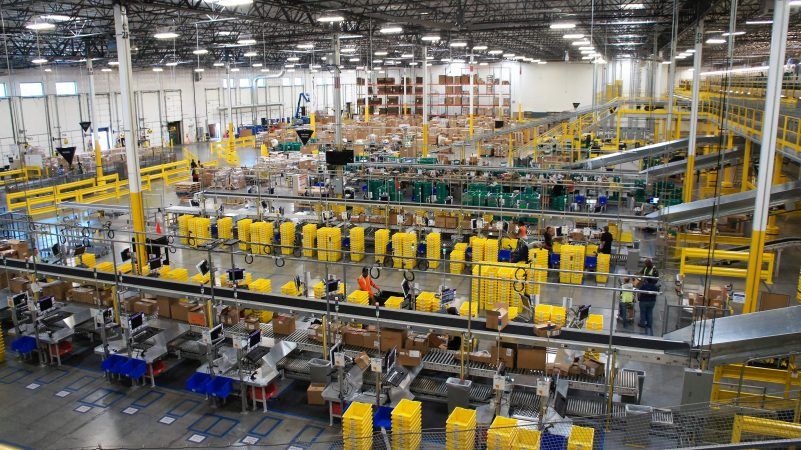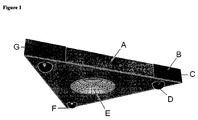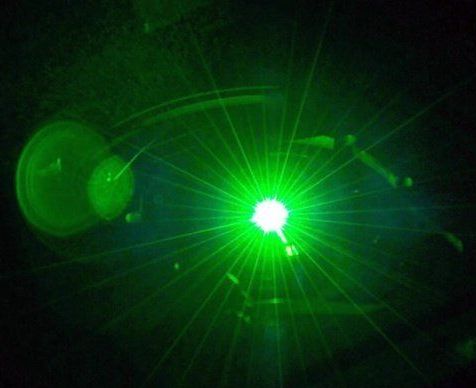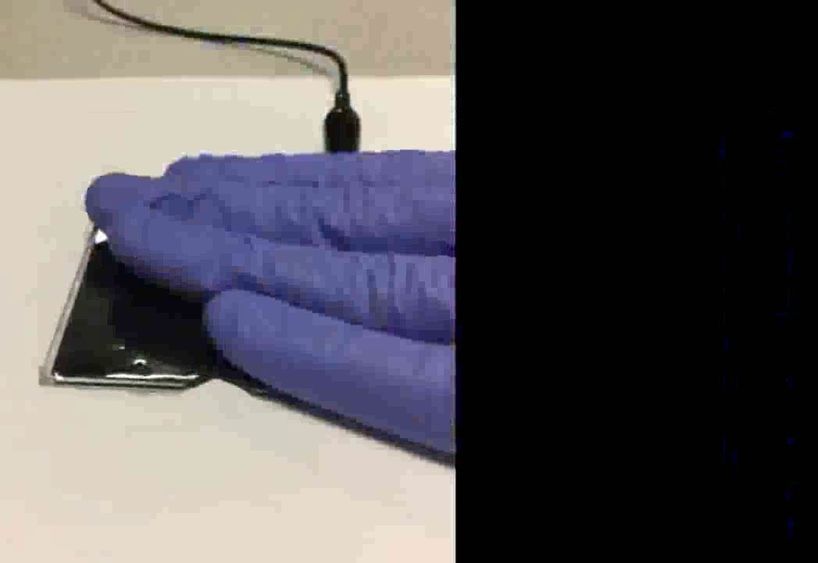Jun 2, 2019
Meet Ai-Da: the robot artist giving real painters a run for their money
Posted by Genevieve Klien in categories: economics, robotics/AI
Auguste Rodin spent the best part of four decades working on his epic sculpture The Gates of Hell.
The Mona Lisa, by contrast, took Leonardo da Vinci a mere 15 years or so, although it should be noted the Renaissance master never considered the painting finished.
So we can only imagine what those luminaries would think of an up-and-coming Oxford-based contemporary artist who can knock out complex works in under two hours.
Continue reading “Meet Ai-Da: the robot artist giving real painters a run for their money” »
